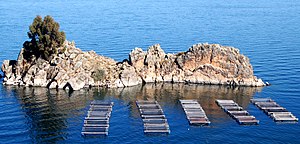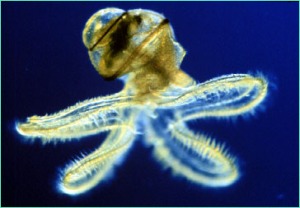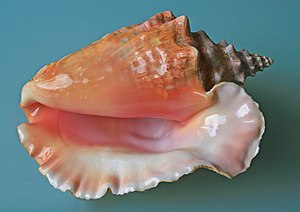This might sound familiar (since I recently retweeted from @NOAAOceanToday) but there was recently an article discussing the virtues of sea slugs. In particular that they have been used to understand how to maximize the effectiveness of long-term memory in humans.
Also, check out these divers (with the Bamfield Marine Sciences Centre in Bamfield, BC) as they witness and explain how the swift nudibrach outsmarts a sunflower seastar. Maybe the sea slug should be renamed sea-spark plug?
Related articles
- Sea slug offers clues to better long-term memory (msnbc.msn.com)

















What people are saying …